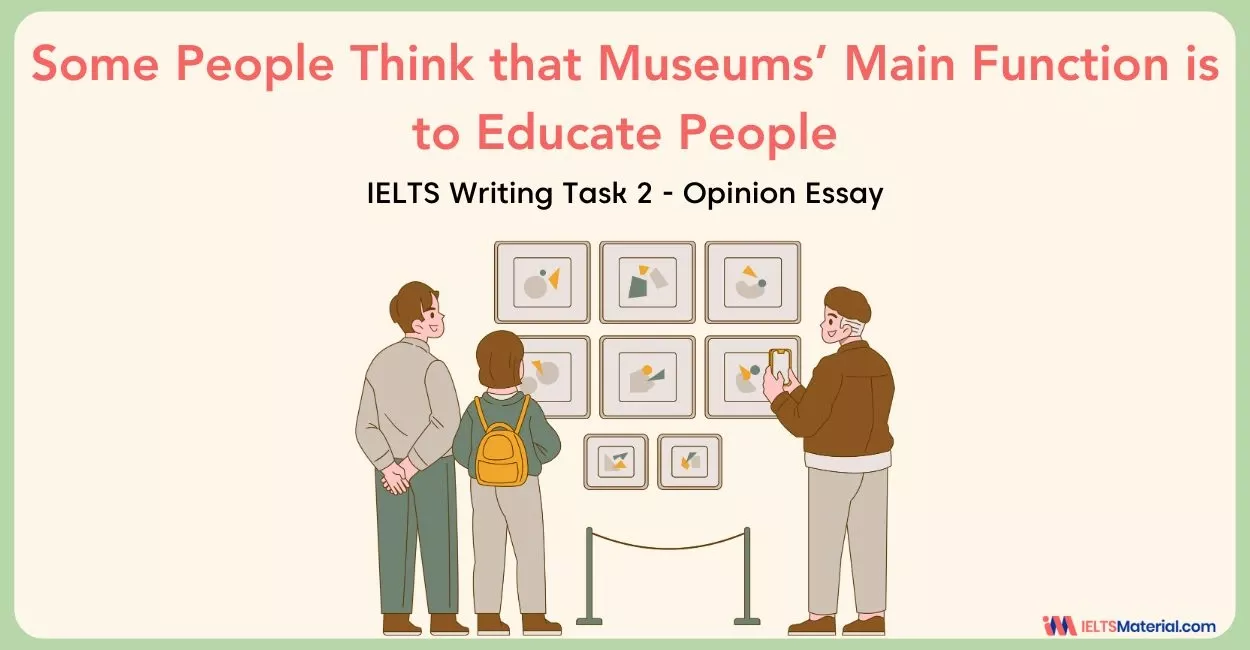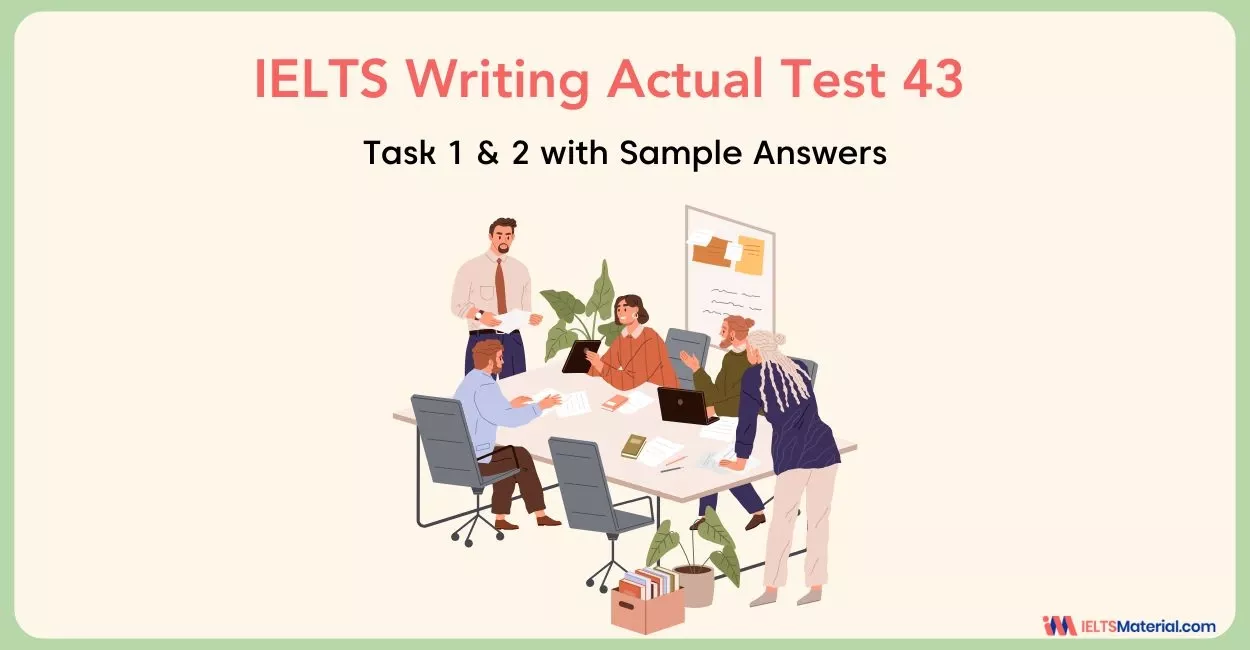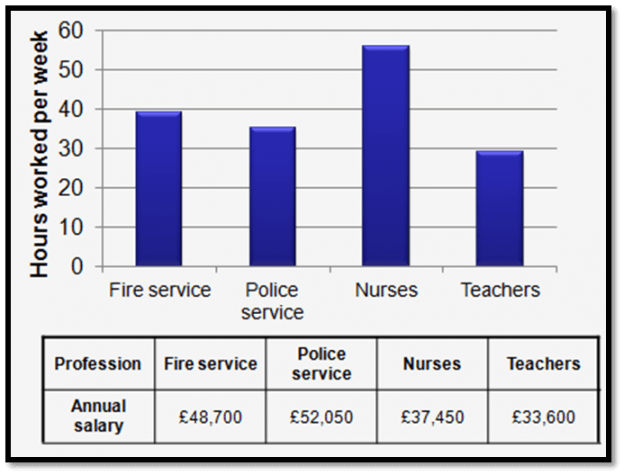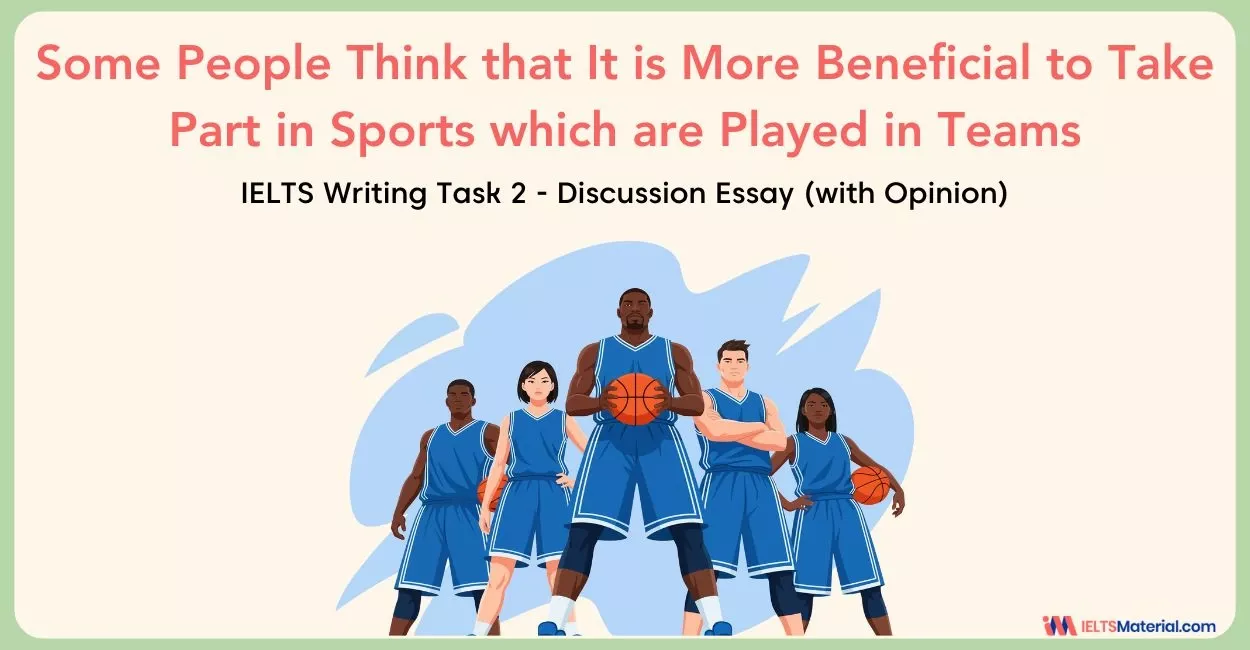IELTS Writing Actual Test 43 (Task 1 & 2) with Sample Answers
Prepare for IELTS Writing Actual Test 43 with model answers for Task 1 (chart & table on working hours and income) and Task 2 (gender equality at work). Discover topic-specific vocabulary, exam strategies, and expert tips to achieve a Band 7.0–8.0 score.
Table of Contents
- IELTS Writing Task 1 Topic
- How to Approach IELTS Writing Task 1?
- Sample Answer for 'The chart and table shows working hours and income for four jobs'
- IELTS Writing Task 2 Topic
- How to Approach IELTS Writing Task 2 Agree Disagree Essay?
- Sample Answer for ‘The workplace nowadays is trying to employ the equal number of females and males’

Try AI Essay Checker for Instant Band Score
The IELTS Writing test assesses not only your English proficiency but also your ability to present ideas logically, compare data, and provide well-structured arguments. In this post, we will explore the IELTS Writing practice test, which includes Task 1 (chart and table description) and Task 2 (an essay on gender equality in employment). Alongside sample answers, we will also share useful topic-specific tips to help you improve your band score.
IELTS Writing Task 1 Topic
You should spend about 20 minutes on this task.
The chart and table shows working hours and income for four jobs. Summarise the information by selecting and reporting the main features, and make comparisons where relevant.
Write at least 150 words.
How to Approach IELTS Writing Task 1?
Go through the steps below and learn how to approach IELTS Academic Writing Task 1 topics, like ‘The chart and table shows working hours and income for four jobs’:
- Paraphrase the question: Begin your response by rewriting the question in your own words. Instead of repeating ‘The chart shows…,’ use alternatives like ‘illustrates’, ‘presents data on’, ‘depicts’, ‘provides information about’. This not only avoids repetition but also demonstrates a wider range of vocabulary to the examiner.
- Write an overview: Your overview should highlight the most noticeable features or general trends. Avoid focusing on small details here; think of it as the ‘big picture’.
- Group information logically: Do not describe the data in the order it appears. Instead, group similar information. For example, put high-working-hour jobs together versus low-working-hour jobs, or compare high-income vs. low-income professions. This makes your answer structured and easier to follow.
- Compare and contrast: IELTS examiners look for comparisons rather than a list of facts. It shows analytical skills.
- Be precise with numbers: Accuracy is key, but you don’t need to repeat exact numbers every time. Use approximations like ‘around’, ‘just over’, ‘slightly under’, ‘nearly’, ‘approximately’. This shows language flexibility while still being precise.
Sample Answer for 'The chart and table shows working hours and income for four jobs'
The bar chart compares the average number of hours worked per week, while the table presents the annual income of four professions: teacher, doctor, programmer, and shop assistant.
Overall, it is evident that doctors work the longest hours on average and also receive the highest income, whereas shop assistants work relatively fewer hours and earn the least.
In terms of working hours, doctors spend approximately 50 hours per week, considerably higher than teachers at 35 hours and programmers at 40 hours. Shop assistants, meanwhile, work just under 30 hours weekly, the lowest among the four categories.
Turning to income, doctors again occupy the top position with an average annual salary of $120,000, far surpassing programmers who earn about $60,000. Teachers, despite working longer hours than shop assistants, only earn around $40,000, which is modest compared to the other professional roles. Shop assistants are at the bottom, with an annual income of roughly $20,000.
In summary, there is a clear correlation between working hours and income for some professions, particularly doctors, but the pattern does not apply consistently across all jobs.
Access the latest IELTS Writing Task 1 line graphs with our IELTS Writing Task 1 Academic Course!
IELTS Writing Task 2 Topic
You should spend about 40 minutes on this task.
The workplace nowadays is trying to employ the equal number of females and males. To what extent do you agree or disagree?
Give reasons for your answer and include any relevant examples from your own knowledge or experience.
You should write at least 250 words.
How to Approach IELTS Writing Task 2 Agree Disagree Essay?
Given below are some steps that will help you to understand how to approach agree-disagree essays in IELTS topics like ‘The workplace nowadays is trying to employ the equal number of females and males’.
- Analyse the question: First, identify the essay type. In this case, it is an opinion essay (agree/disagree). The examiner wants to know whether you support, oppose, or partially agree with the idea that workplaces should employ equal numbers of men and women. Recognising the essay type ensures you address the task directly.
- Decide your stance: Choose whether you strongly agree, strongly disagree, or partially agree. Be clear and consistent throughout your essay because IELTS examiners reward clarity of argument. Remember, you don’t need to sit on the fence; even a balanced view should be expressed decisively.
- Plan your ideas: Spend 2–3 minutes brainstorming. Think of both supporting arguments (fairness, gender equality, inclusivity, diversity in the workplace) and counterarguments (meritocracy, job suitability, efficiency, natural preferences). Select the strongest points that you can explain well within the word limit. Avoid listing too many ideas.
- Structure your essay effectively: A clear structure not only organises your thoughts but also improves coherence and cohesion (important IELTS criteria). Use this framework: Introduction - Body Paragraph 1 – Body Paragraph 2 – Conclusion .
- Use topic-specific vocabulary: Words such as ‘gender parity’, ‘inclusivity’, ‘non-discrimination’, ‘meritocracy’, ‘underrepresentation’, ‘workforce diversity’ will make your essay more precise and academic.
Sample Answer for ‘The workplace nowadays is trying to employ the equal number of females and males’
In my opinion, men and women should have the same employment opportunities. However, I do not agree with the idea of recruiting equal proportions of each gender in every workplace.
Having the same number of male and female in all organizations or companies is simply unrealistic. If a company decided to fill all vacancies with equal numbers of males and females, it would need enough applicants of each gender. In reality, many positions are more popular with one gender than the other, and it would not be practical to aim for equal proportions. For example, nursing positions tend to attract more female applicants, and it would be difficult to recruit enough people if fifty percent of the vacancies needed to go to males.
Apart from the practical concerns expressed above, I also believe that it would be unfair to base recruitment for any certain occupation on gender. Companies should continue to select the best candidates for each vacant position according to their experience and qualifications. In this way, both men and women are guaranteed the occupational equality, and applicants know that they will be successful if they make concerted efforts to secure a decent job. If a female job seeker meets all the job requirement, it would be wrong to reject her in favor of a male applicant with less experience or fewer qualifications.
In conclusion, the selection of a job applicant should be based on merit, and it would be both impractical and unfair to have an equal distribution of males and females in all kinds of occupations.
Well done on going through this writing test paper! IELTS Writing Actual Test 43 requires precision in describing visual data (Task 1) and balanced reasoning in an opinion essay (Task 2). To succeed, use comparative structures and data vocabulary in Task 1 and in Task 2, present a clear stance, support it with examples, and use advanced academic vocabulary. By practicing with these sample answers and more IELTS Writing Task 1 multiple graphs and essays, as well as following the tips provided, you will be better prepared to achieve a Band 7.0–8.0 or higher in your IELTS Writing test.
Useful Links:
Explore IELTS Writing

Start Preparing for IELTS: Get Your 10-Day Study Plan Today!
Explore other Writing Actual Tests



Recent Articles
Haniya Yashfeen

Kasturika Samanta








Post your Comments